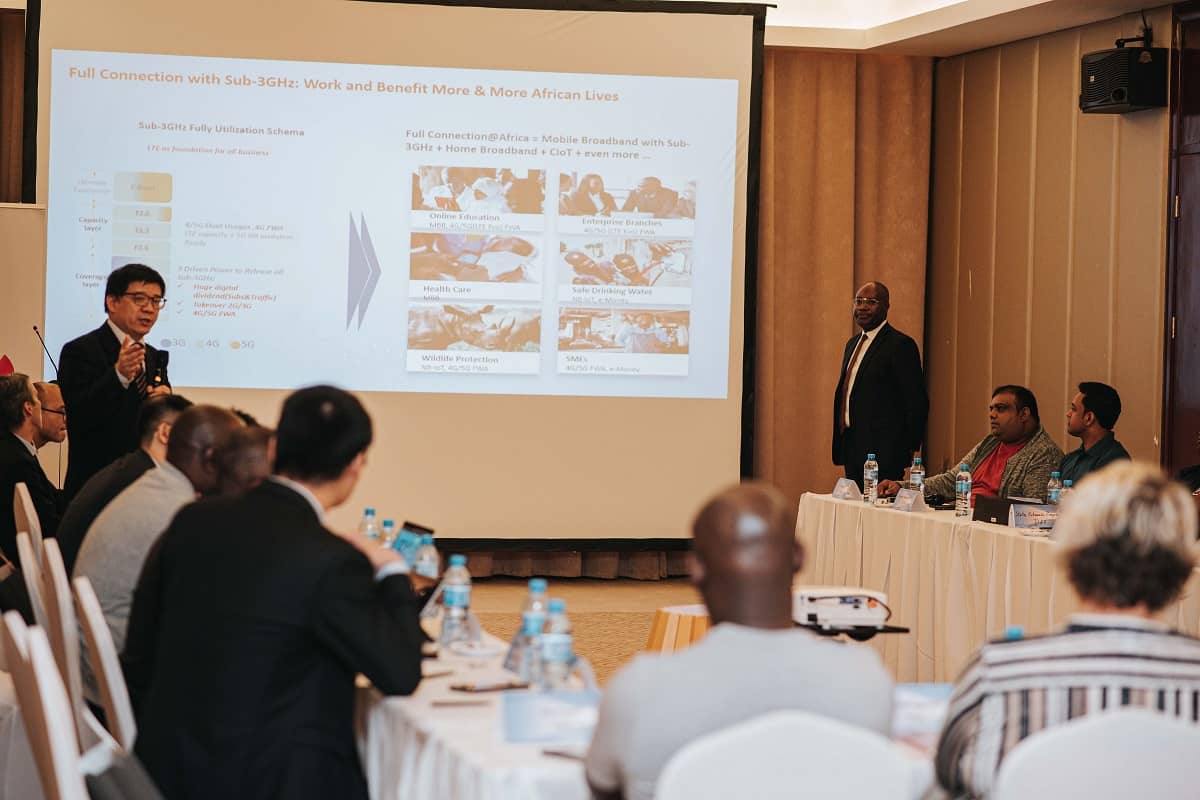Huawei Technologies has emphasized the importance of adopting the 2.6 GHz spectrum for cost-effective 4G Fixed Wireless Access (FWA) to enhance the current low penetration rate of home broadband services in Kenya. With only 9 percent of Kenyans having access to broadband internet, Huawei believes that allocating the 2.6 GHz spectrum and implementing collaborative efforts among service providers, network operators, and regulators are vital steps toward bridging the digital divide. This article will explore the potential benefits of affordable spectrum allocation and the impact it can have on improving national broadband penetration rates.
As it stands, a mere 9.8 million Kenyans, predominantly residing in urban and semi-urban areas, have access to broadband internet. Shockingly, 38 percent of the population still relies on low-speed dial-up connections, while approximately 22 million people remain entirely disconnected from the online world. Recognizing these challenges, Huawei has called for comprehensive initiatives to boost the rate of home internet penetration.
At the Annual Africa Spectrum Roundtable held in Maputo, Mozambique, Yao Hongjie, Vice President of Huawei Sub-Saharan Africa ICT Solutions, underscored the significance of adopting the entire Sub-3GHz spectrum for affordable and universal mobile broadband. This move aims to bridge the digital gap and fuel the growth of Kenya’s digital future. Moreover, full utilization of the 2.3 GHz and 2.6 GHz bands is also essential for further enhancing mobile broadband services.
To achieve a significant leap in home internet access, Kenya must adopt defragmentation practices that involve cooperation among internet service providers, regional stakeholders, and major mobile network operators. This collaborative approach will facilitate the implementation of widespread 4G/5G fixed wireless access and contribute to the overall improvement of national broadband penetration rates. Furthermore, tax incentives and rebates, affordability considerations for devices and services, and digital literacy programs in rural and underserved areas are crucial aspects that need attention.
Mr. Yang highlighted the unique potential of the Sub-3GHz spectrum to meet the growing demand for reliable broadband infrastructure in Africa. With its ability to improve the last-mile connectivity, the full utilization of Sub-3GHz spectrum presents the most promising way forward. As data consumption increases due to the popularity of smartphones and the surge in music and video downloads, the 2.6 GHz band offers operators an efficient and harmonized approach to address the rising traffic volumes.
The 2.6 GHz spectrum serves as an excellent complement to the 700 MHz spectrum, also known as the “digital dividend.” Its adoption will enable the cost-effective provision of Mobile Broadband services across both rural and urban areas, ensuring nationwide coverage. By allocating the 2.6 GHz spectrum, Kenya can enhance connectivity options for its citizens, thereby promoting social and economic development.

